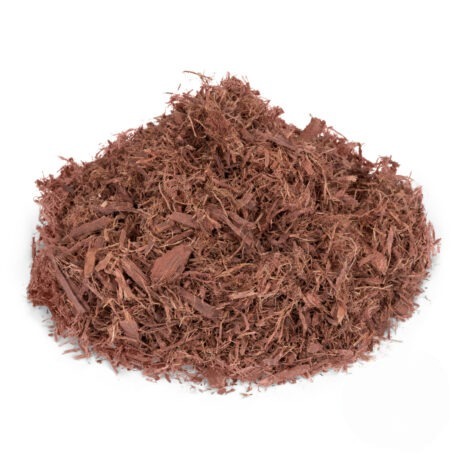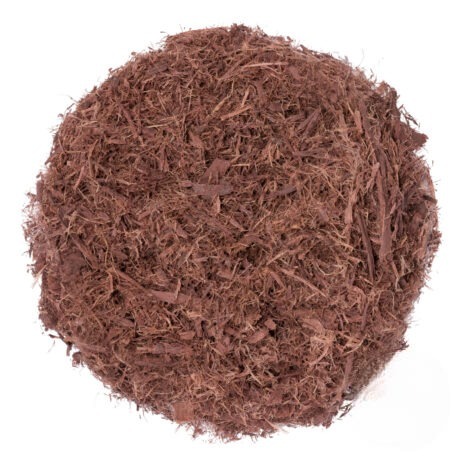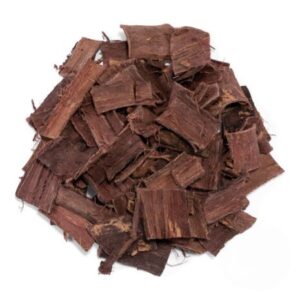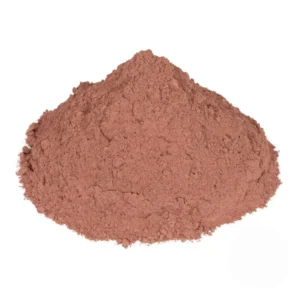Mimosa Hostilis Root Bark shredded
Mimosa hostilis bark chips, derived from the root bark of the Mimosa tenuiflora tree, serve widely in traditional, medicinal, and cosmetic uses. Native to South and Central America, the bark contains tannins, alkaloids, and other natural compounds.
Traditional healers use it for wound healing because it provides antimicrobial and regenerative properties. Natural dyers also favor the bark chips for producing vibrant purple and red hues. In modern applications, formulators and researchers explore its benefits in skincare and scientific study.
Shredded Mimosa Tenuiflora Root Bark – Shop Now in USA
Shredded Mimosa Tenuiflora Root Bark: A Versatile Botanical for Natural Wellness and Crafting
Mimosa Tenuiflora, also known as Mimosa Hostilis, grows natively in Mexico and Brazil and people value it for its medicinal, cosmetic, and artistic uses. One of the most popular forms of this botanical is shredded root bark—recognized for its purity, potency, and convenience in natural healing and dyeing applications.
What Is Shredded Mimosa Tenuiflora Root Bark?
The shredded form of Mimosa root bark features thin, fibrous strips of the tree’s inner bark. This format retains more of the natural oils and compounds compared to powders, which makes it ideal for slow-extraction processes like infusions, decoctions, and dye baths.
Traditional and Modern Uses
1. Natural Dyeing
Natural dyers use shredded root bark to produce rich, reddish-purple tones. When simmered in water, it releases deep pigments that bind beautifully to natural fibers like cotton, wool, silk, and leather. The result delivers a vibrant, earthy hue without the environmental toll of synthetic dyes.
2. Herbal Remedies
People in Central and South American traditional medicine have used Mimosa root bark for:
- Healing skin (burns, cuts, and scars)
- Providing antimicrobial wound care
- Supporting anti-inflammatory treatments
In its shredded form, herbalists commonly make healing teas or tinctures from it.
3. Cosmetics and Skincare
The bark’s regenerative and antibacterial properties make it ideal for skin-friendly infusions. Users often prepare a decoction and add the extract to toners, facial rinses, or compresses.
4. Craft and Art Projects
Eco-conscious crafters choose shredded Mimosa Tenuiflora for natural leather tanning and wood staining. It imparts long-lasting color while remaining non-toxic and sustainable.
How to Prepare Shredded Mimosa Root Bark
Depending on your goal—whether skincare, dyeing, or wellness—adjust your preparation method:
For Dyeing:
- Simmer 100g of shredded bark in 1L of water for 1–2 hours
- Strain the bark, then soak your material in the dye bath for 45–60 minutes
For Skincare or Tinctures:
- Simmer a tablespoon of bark in 1–2 cups of water for 30 minutes
- Allow to cool, strain, and use the liquid as a wash or add it to formulations
For Herbal Use:
- Consult a professional herbalist to determine proper preparation and dosage before ingestion
Key Features of Our Shredded Mimosa Tenuiflora Root Bark
100% Authentic Brazilian Origin
We source our Mimosa Hostilis root bark exclusively from the Caatinga region of Brazil. Experienced local harvesters follow traditional, sustainable harvesting practices that protect both the tree and its surrounding ecosystem.
Shredded for Convenience
We finely shred the bark to maximize surface area, which enhances dye extractions, research performance, and spiritual preparations. Unlike powdered MHRB, shredded bark lasts longer and handles more easily.
Rich in Natural Colorants
This bark produces deep reddish-purple hues and performs exceptionally in natural fabric dyeing. Whether you’re working with cotton, wool, or silk, it creates stunning, long-lasting colors.
Sustainably Harvested & Non-GMO
We commit to sustainability and environmental stewardship. Our Mimosa Hostilis contains no chemicals, pesticides, or genetic modifications. Local harvesters hand-select, air-dry, and process each batch with minimal machinery to preserve its natural integrity.
Sustainable Sourcing Matters
As demand for Mimosa Tenuiflora increases, responsible harvesting becomes critical. When you purchase shredded root bark, ensure it comes from ethical sources that:
- Practice sustainable wild harvesting
- Support local and indigenous communities
- Avoid overharvesting and promote reforestation
Shredded vs. Powdered MHRB – Key Differences
| Feature | Shredded MHRB | Powdered MHRB |
|---|---|---|
| Texture | Fibrous strips | Fine powder |
| Shelf Life | Lasts longer | Shorter |
| Prep Time | Takes longer | Prepares faster |
| Ideal For | Boiling, dyeing | Blending, precise use |
| Storage | Stores less compactly | Stores more compactly |
Final Thoughts on Mimosa Hostilis Root Bark shredded
Shredded Mimosa Tenuiflora root bark offers more than botanical interest—it serves as a powerful, natural tool across beauty, wellness, and craft. Whether you’re an herbalist, an eco-dyer, or a DIY enthusiast, this form provides a versatile and authentic way to connect with one of nature’s most resilient botanicals.





Reviews
There are no reviews yet.